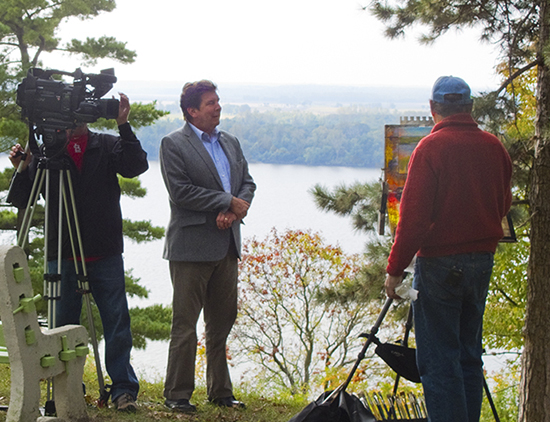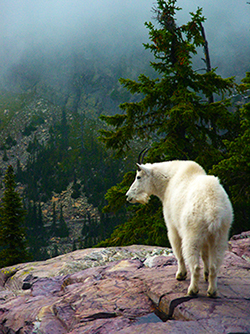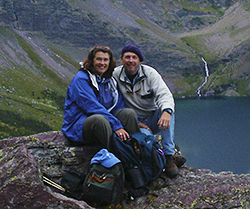Floating in the BlueFloating in the Blue But which blue? Painting a beautiful blue sky can be a challenge. Changing atmospheric conditions, time of day, time of year—all can create nuanced, or sometimes dramatic, variations in the color of blue of the sky. For the landscape painter, learning the characteristics of available blue pigments is essential. We asked two master landscape artists, Howard Friedland and George Van Hook about what they reach for when they begin to block in a sky and to show us some examples in their oil paintings.
"Skies can be any color and not just blue. That said, I have Cobalt Blue, Ultramarine and Cerulean Blue as staples on my palette. I think of Cobalt as the purest and coolest of the blues since Ultramarine has a blue-violet cast and Cerulean has a comparatively warmer (greener) feeling. The key is to remember that color is relative and will look a certain way when placed next to other colors. Even Viridian Green can look bluish in certain color combinations.
"There is no real formula to choosing which blue to use in your sky. Some paintings call for a warmer Cerulean sky; some for a cooler Cobalt one or some Ultramarine or combinations of all there or even other blues. It all depends on what other colors are in your painting.
We encourage everyone to make color charts to refer to when painting. Colors can vary substantially according to brand, as shown in the Cerulean Blues (Richeson and Gamblin) shown below. In addition to the most used blues, it can be fun to try a few special colors. (Colors will vary by monitor screen as well. Be sure to try your own color charts.)
George Van Hook - https://www.georgevanhookfineartist.com
Above: Low pressure moving in from the south (left side); high pressure still to the north.
Above: Moisture laden skies helping to create atmosphere and softening the forms throughout. |
Become an Artist's Road Member Today!
Already a Member?Log in here. To renew your membership, log in and follow the links. Search the SitePerspectivesNot ready to become a Member yet? Subscribe to our free email postcards, "Perspectives". Enter your email address here.
Member ContentFree ContentThe Artist's Road StoreNocturnes - A Primer on Night Painting Filled with inspirational examples by the masters of nightime painting, this little book is sure to fire up your creative energies. Never tried painting at night? We show you how it's done with a step-by-step-oil demo and a tale of night painting in the wilds of Rocky Mountain National Park. The Primer on Night Painting - Nocturnes is a 7 x 7" PDF download with 40 pages of text and images. It includes a gallery of paintings by masters of the nocturne, information to inspire and encourage you in your plein air nocturne painting, an illustrated step-by-step demo and tips for working in pastel and oil. Also available in a softcover edition. Check out the tools and other products that we use in our own art and travels in The Artist's Road Store. We only offer things for sale that we enthusiastically believe in.
About Us
|
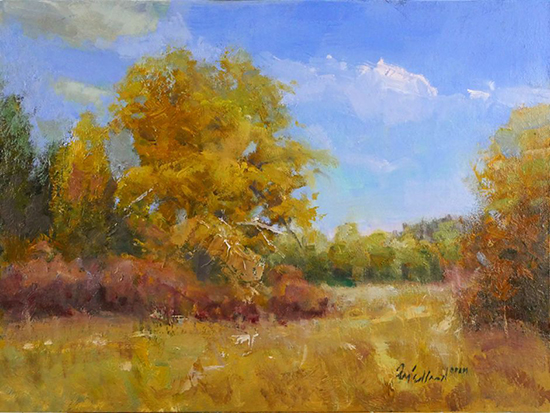
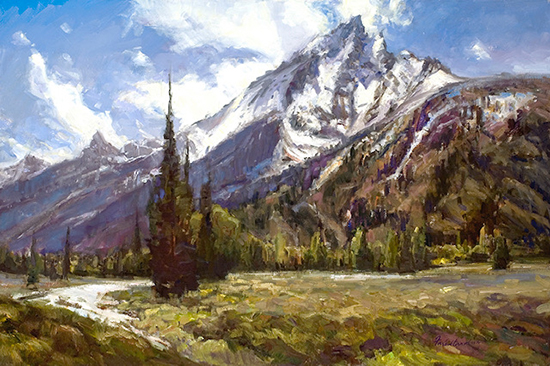
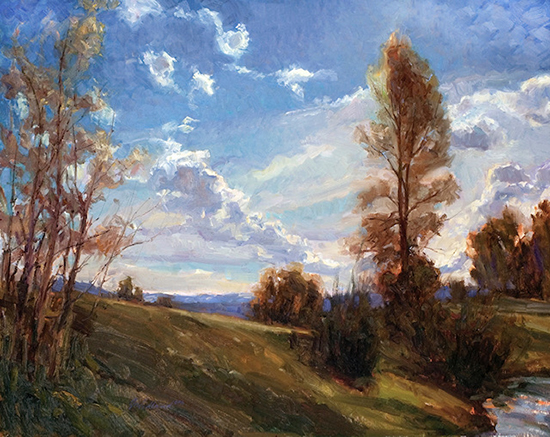
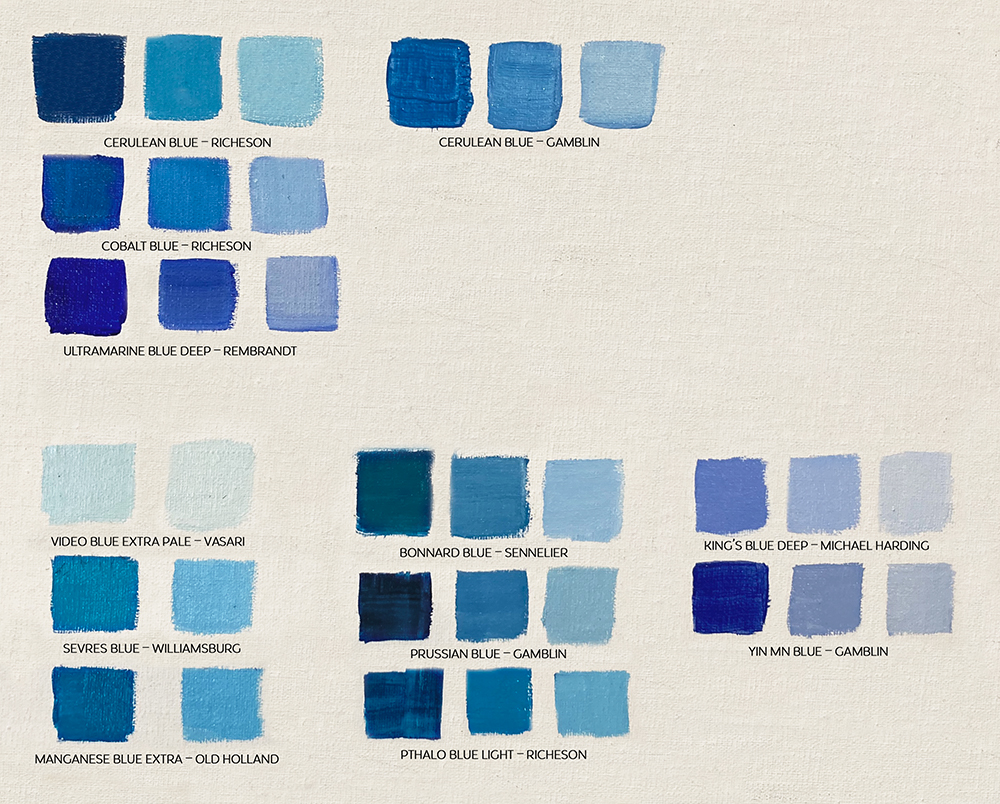
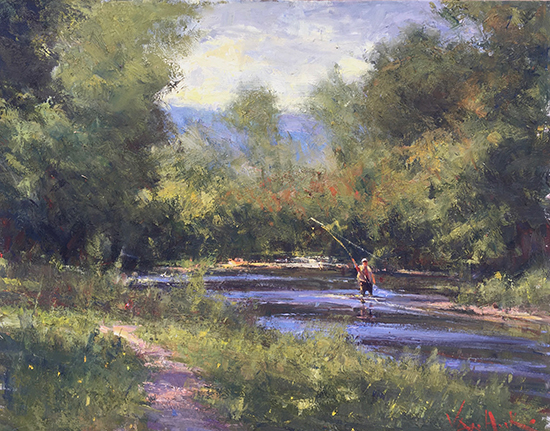
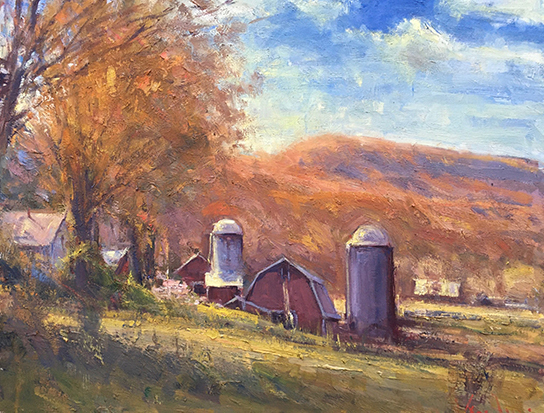
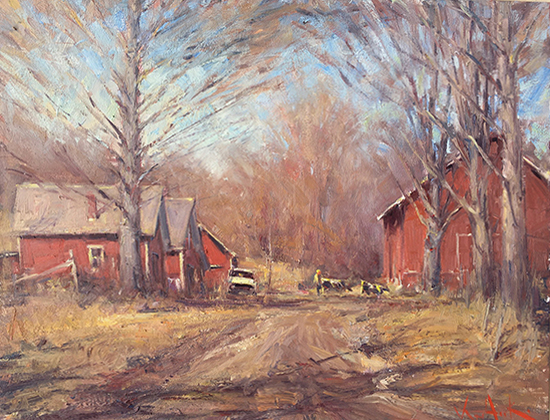
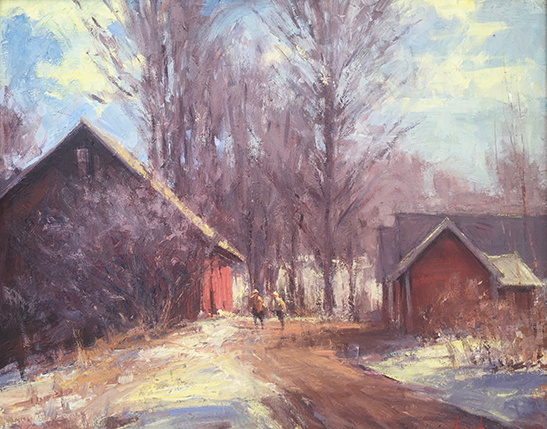
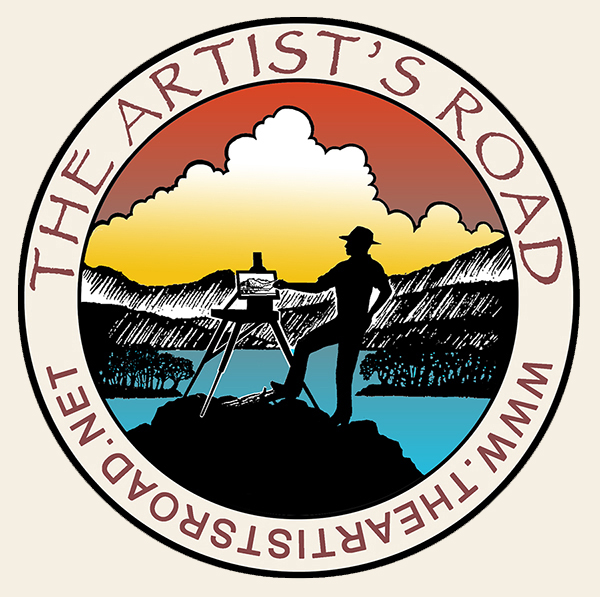
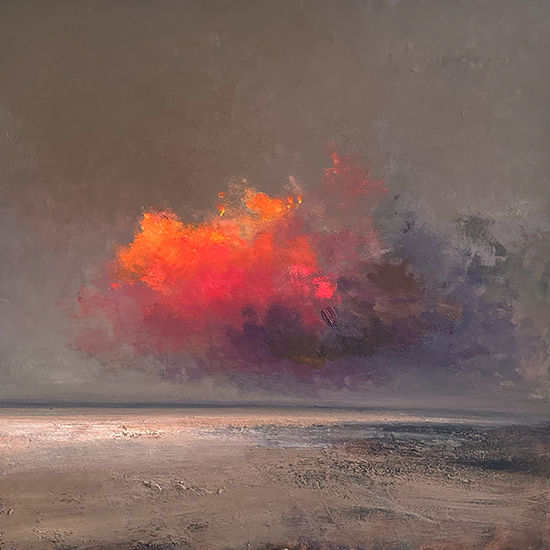 Voices of Experience:Richard K. Blades
Voices of Experience:Richard K. Blades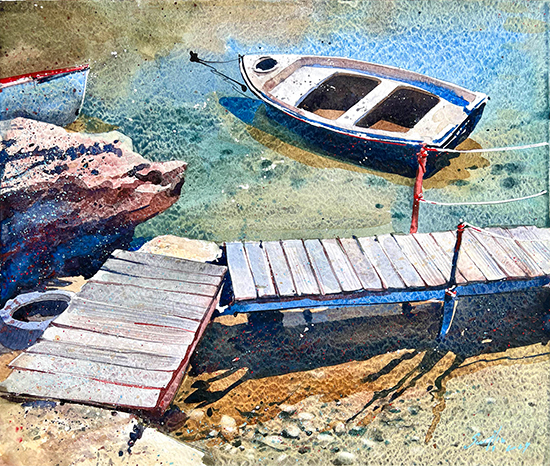
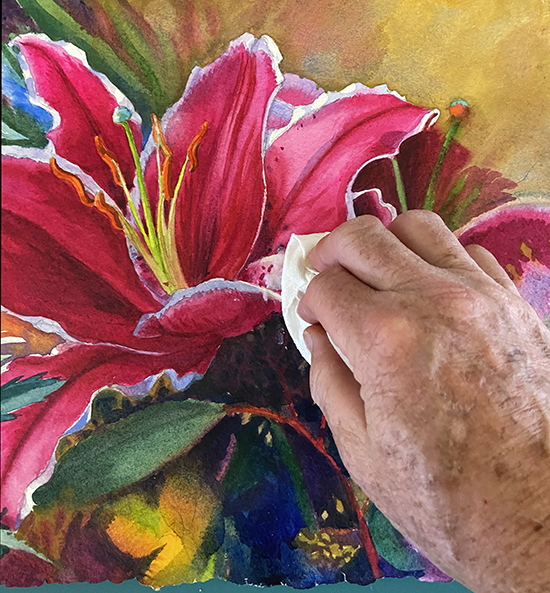 ing Watercolors
ing Watercolors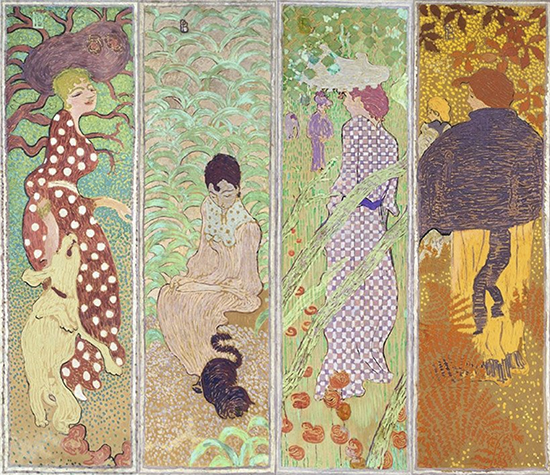
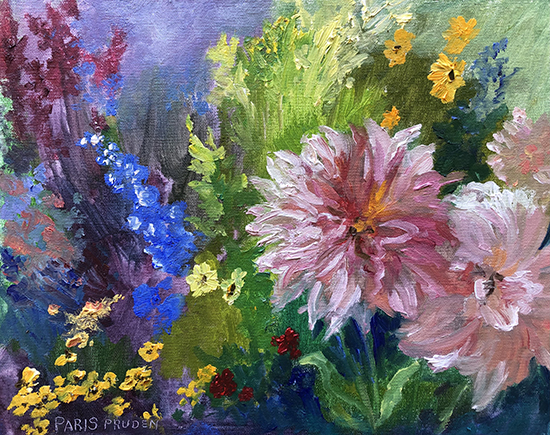
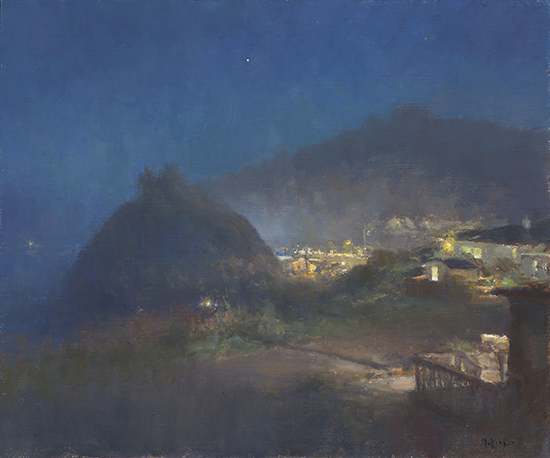 Nocturne Notes
Nocturne Notes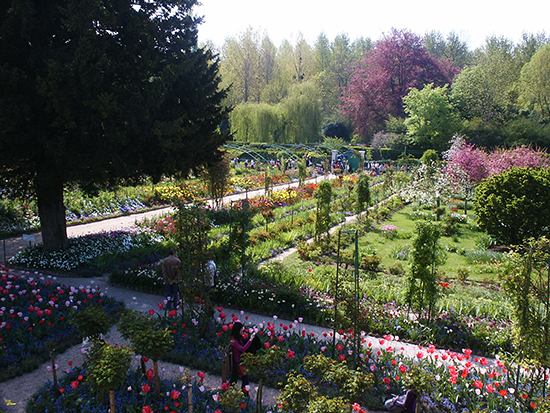 Inspiration in Monet's Gardens
Inspiration in Monet's Gardens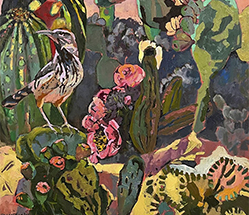
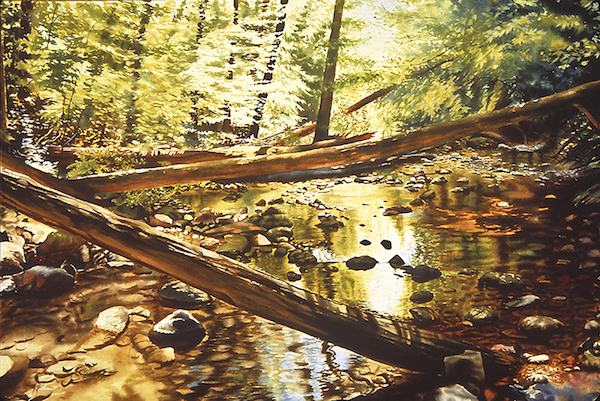 The Watercolor Medium
The Watercolor Medium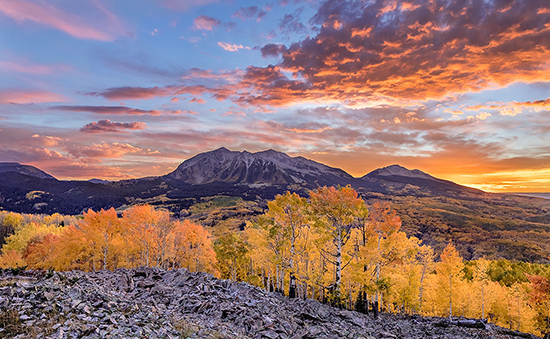
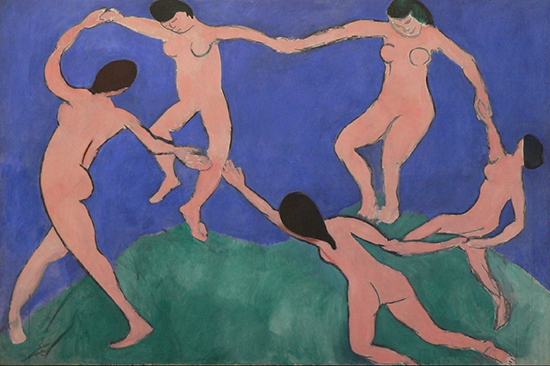 The Perspectives Archive
The Perspectives Archive